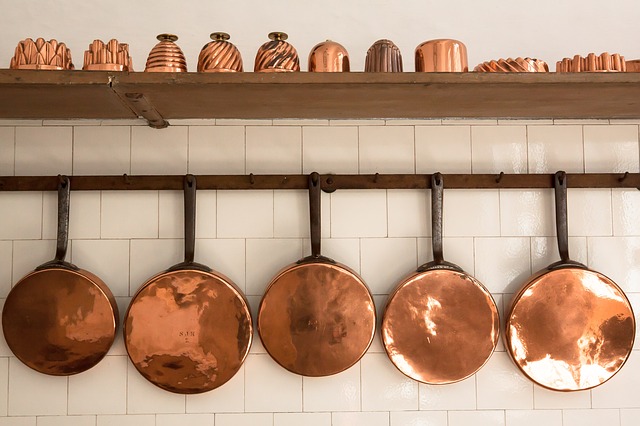Pans vs Skillets
Understanding the difference between pans and skillets becomes simple when you consider their purpose and appearance. Pans and skillets are two distinct types of cookware used for different purposes, but they are often mistakenly regarded as the same. Skillets are commonly referred to as frying pans. Both types of cookware can have wooden handles, although the handle is typically made from the same material as the pan or skillet. The materials used to make pans and skillets differ, but both are undoubtedly useful cookware.
What is a Pan?
A pan is deep, not shallow, and has straight sides and a flat bottom, resulting in a larger surface area. Pans can be used for cooking various types of food and with different cooking techniques, such as chicken cutlets, mushrooms, and hamburgers. Copper, aluminum, and stainless steel are primarily used to make pans, as these materials heat up quickly and lose heat when the pan is removed from the stove.
What is a Skillet?
A skillet is shallower than a pan, giving it the name frying pan, and has a long handle and slanted sides, which reduces its surface area. Skillets are used for frying food quickly, not for slow cooking. They are suitable for recipes using fast cooking techniques like stir-frying and browning. Foods like pork chops, potato pancakes, soft-shell crabs, peppers, onions, bacon, hash browned potatoes, and grilled cheese sandwiches can be cooked using a skillet. Skillets are usually made of cast iron, which retains heat.
Electric frying pans or skillets are also available, as they use electricity to provide heat and do not require a stove.
Key Takeaways
- Skillets are shallower and used for frying food quickly, while pans are deeper and used for cooking food slowly.
- Pans have straight sides and a flat bottom, resulting in a larger surface area, while skillets have slanted sides and a long handle.
- Materials used in making pans and skillets differ: pans are primarily made of copper, aluminum, or stainless steel, while skillets are usually made of cast iron.
